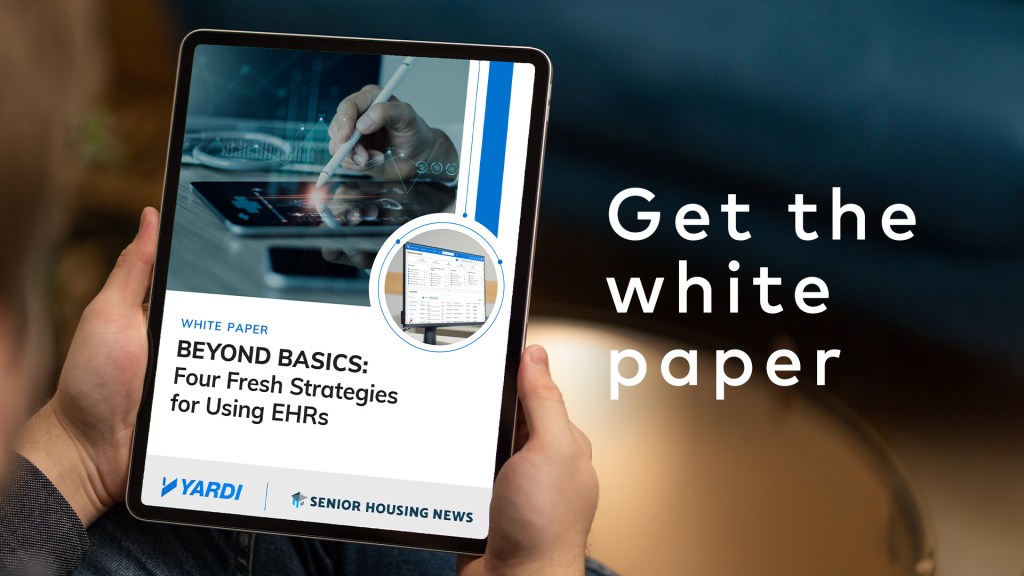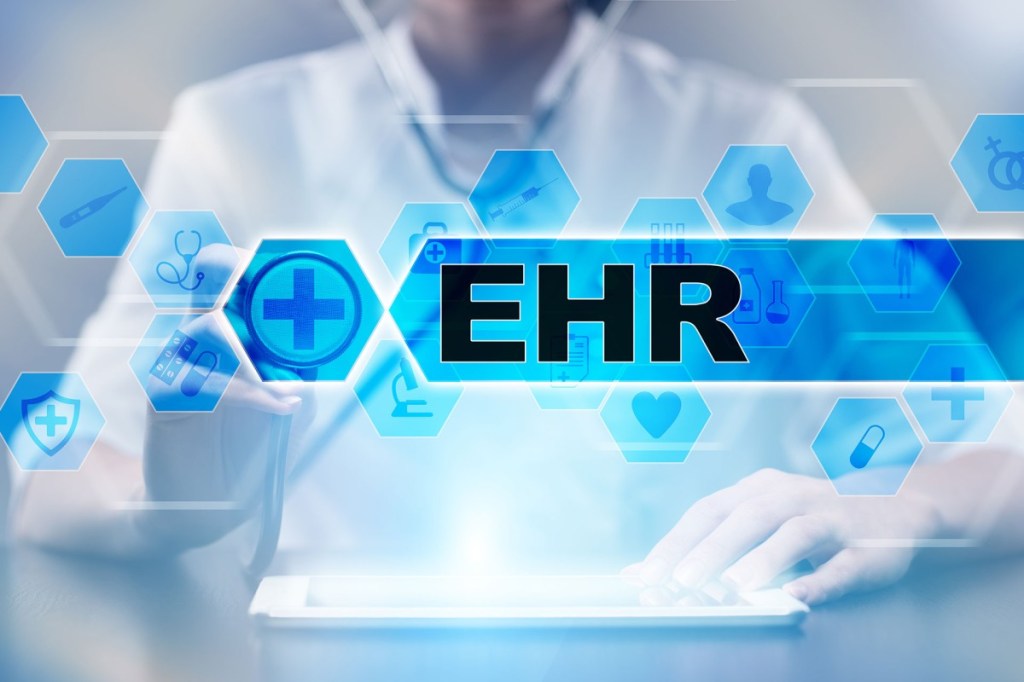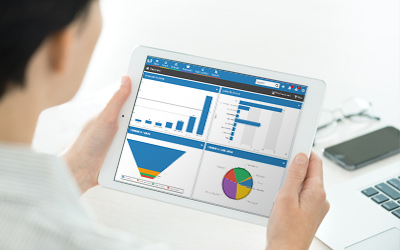4 fresh EHR strategies for community managers in senior living
Looking for new ways to use electronic health records (EHRs) in senior living? We’re pleased to sponsor a new white paper, Beyond Basics: Four Fresh Strategies for Using EHRs, which shows how senior living providers can get the most out of EHRs in all areas of operation. Keep reading for highlights, including insights from our […]












